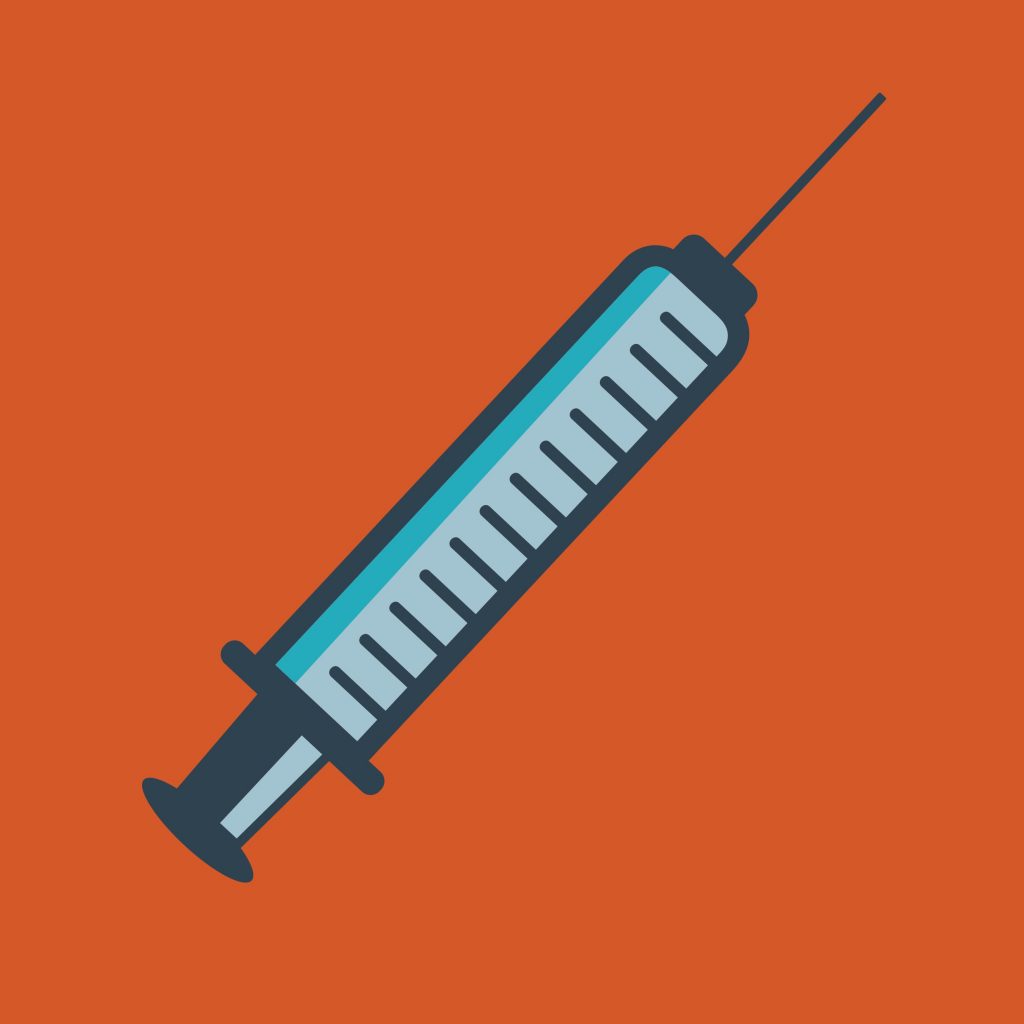How HIV Vaccine Development Looks in 2017
The new year looks to be a big one for HIV vaccine development. 2016 gave the HIV research community plenty to be optimistic about. A lot of tiny advancements were made. And when it comes to HIV, each tiny advancement is considered a huge win for those looking for a cure. Multiple encouraging trials took place last year. And researchers are looking to continue that momentum.
It’s helpful to keep up with the latest in HIV vaccine development. These small wins are cause for some hopeful celebration. With that in mind, here are a few of the most encouraging advancements around the world set to continue in 2017.
What’s Happening in HIV Vaccine Development in 2017
- Scientists in London have worked on a more radical vaccine that hasn’t been tried before. The vaccine is called the SAV001 vaccine. And it uses a killed whole virus as a way to get a response from the immune system. Diseases such as hepatitis A, polio, and rabies were treated this way. But never with HIV. In Canada, scientists recently used this in a trial for 33 HIV-positive patients. It was successful. Now they plan on testing 600 people who do not have HIV. This will test the vaccine’s ability to prevent the infection. The new trials for that study are due by September.
- South Africa has embarked on a study with 5,400 sexually-active men and women ages 18-35. This is only the seventh full-scale trial to take place for HIV. The vaccine being used in South Africa is similar to the one tested in Thailand that started back in 2003. The rate of infection was 31% lower than the group that got the placebo in the Thailand study. So, South Africa is looking to get that number up to 60%.
- Another vaccine is set to start this year in California. It’s inspired by the International AIDS Vaccine Initiative, Scripps, and La Jolla Institute. Unlike the other vaccines, this one is not expected to defeat HIV by itself. But it expects to build on specific immune cells that nearly all humans have. The vaccine’s goal is to generate those cells fast enough to stop the virus in its tracks.
As you can see, many vaccines are in the work to get rid of HIV once and for all. 2017 has a lot of promising studies in the works. And in the upcoming years, we’re bound to see more progress.

